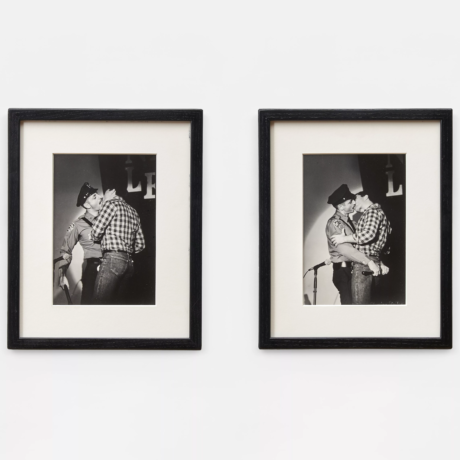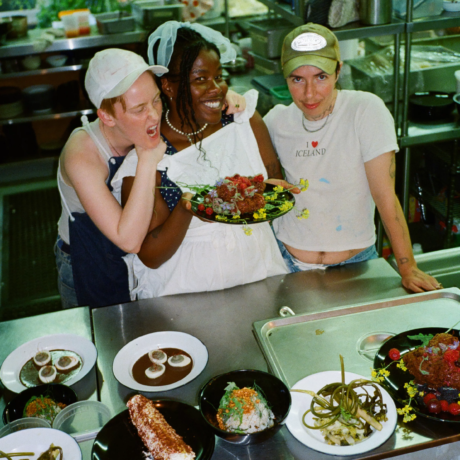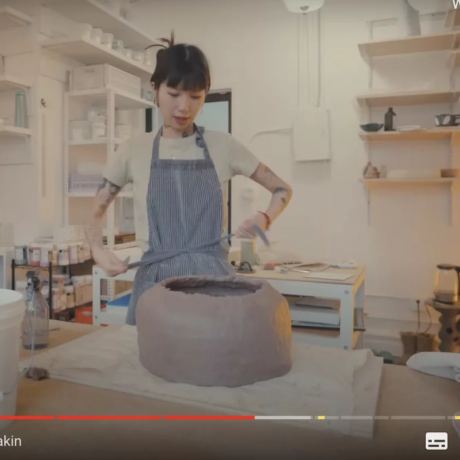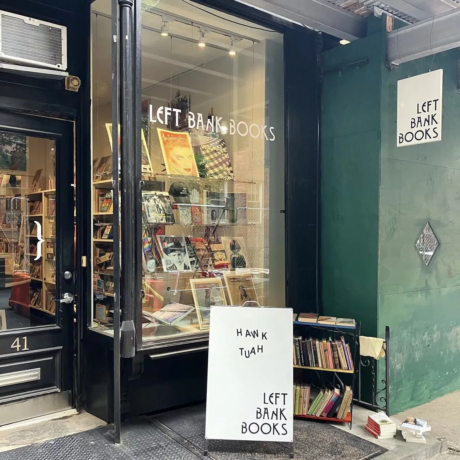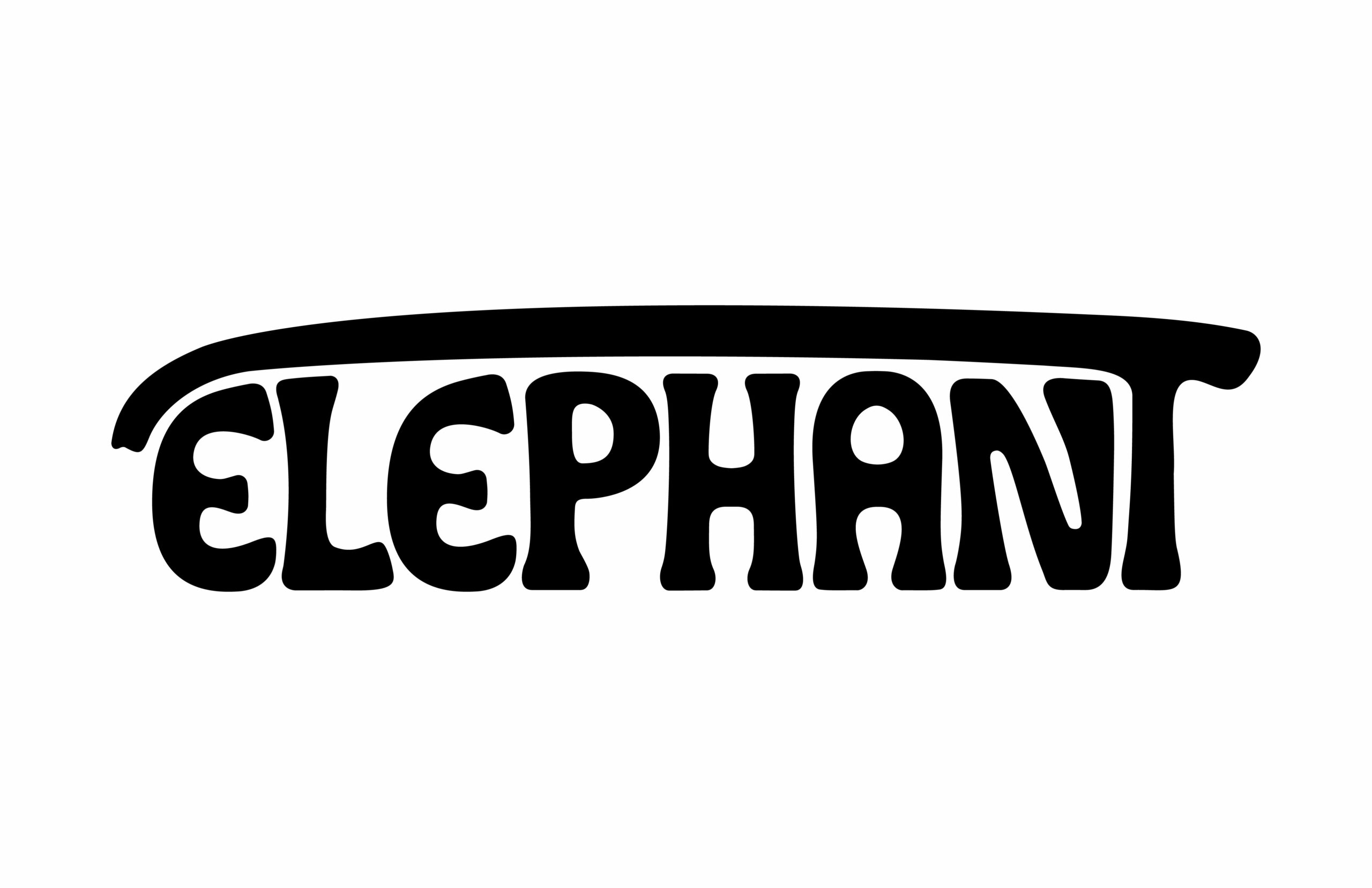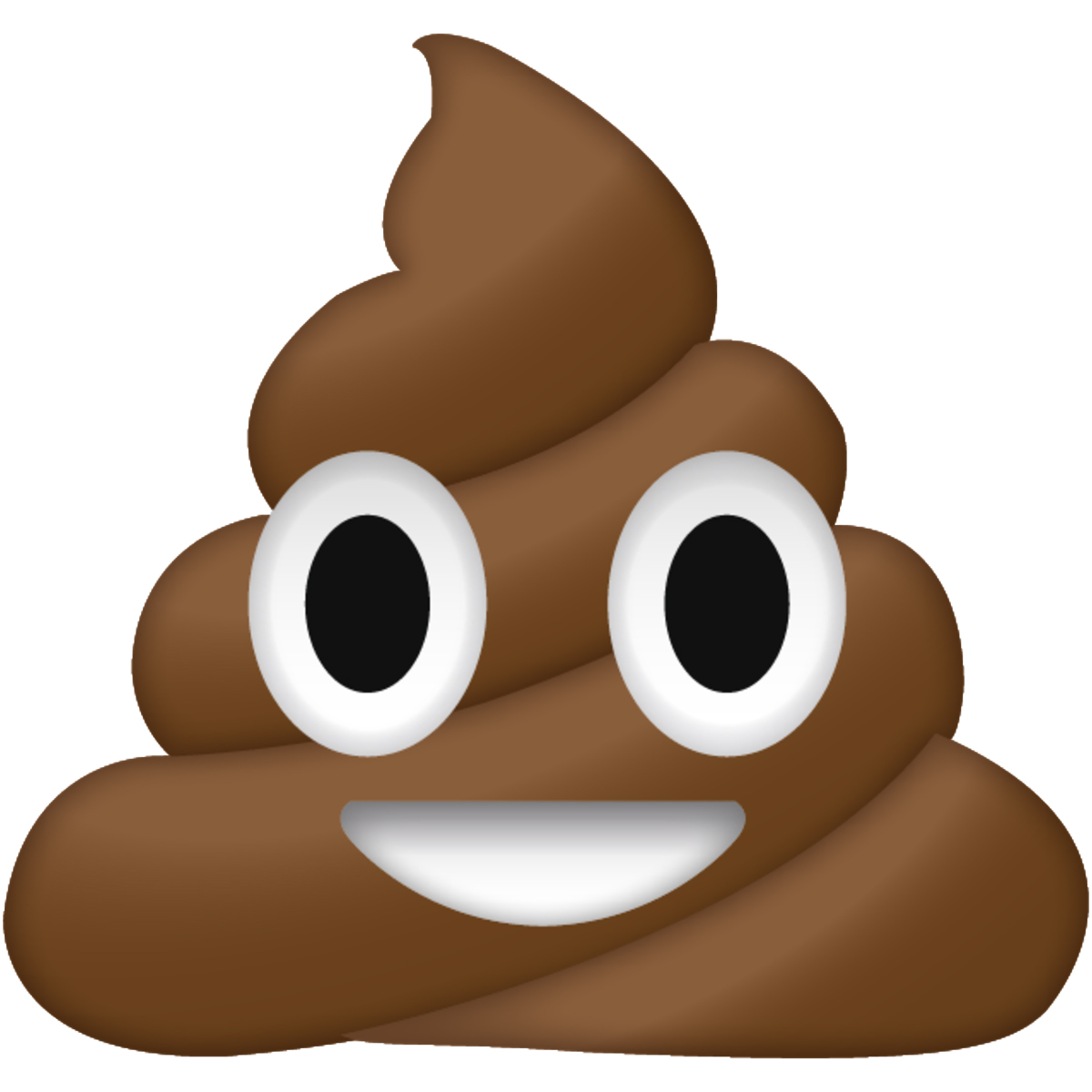
If anything has changed the global cultural landscape in the last decade, it is surely the introduction of emoji to a western audience. First launched in Japan in 1999, it wasn’t until 2007 that Google introduced the set of pictorial characters to Gmail. By 2010, emoji had been approved by the Unicode Consortium, which was the launchpad to wider usage; it also meant that emoji was officially accepted in the industry as a real language. Fast-forward to 2015, and the Face with Tears of Joy emoji (😂)was crowned Word of the Year by the Oxford Dictionary.
The rich variety of imagery offered by emoji, with their ability to convey the ambiguity that characterizes real-life conversation, have lent the visual language a fluidity that has kept it relevant. There is seemingly always an emoji suitable to any given situation, no matter how ridiculous it might be. The power of the picture is the immediacy of its impact and, to paraphrase, a well-chosen emoji is worth a thousand words.
“Enigmatic and absurd, the pile of poop emoji is notable for its anthropomorphic twist on an innately human concern”
But there is one emoji that stands out from the crowd, and that is the smiling poop emoji. Enigmatic and absurd, with a cheekily defiant grin, the pile of poop emoji is notable for its anthropomorphic twist on an innately human concern. When you’ve got to go, you’ve got to go, and the introduction of a simple smiley face offers a humorous, deeply silly note to proceedings. There’s no doubt that it has struck a chord with audiences. When it was first launched in Japan, the poop emoji quickly became one of the most-used icons.
And yet, when Google were first in discussions with the creators of the emoji poop, there was widespread resistance towards the contentious little character. Google worried that it wouldn’t translate well to their audiences, who might take offence at the representation of faeces in such a flippant form. It was down to its creators to persuade them otherwise, citing the immense popularity of the poop emoji in Japan. The distinctive shape of the poop emoji, uncomfortably reminiscent of a soft-serve ice-cream (just try not to think of it as chocolate-flavoured), is loosely based on an anime character named Dr Slump. Broadcast in Japan during the 1980s, it starred a pink poop character who makes light of toilet-related issues.
The emoji won Google over in the end, but its first iteration in their initial release saw the friendly poop transformed to a simple turd without the smiley face. It even had wiggly stink lines and flies circling above it. Without the face, the emoji poop became less ambiguous and more literal; less funny and more functional. However, as the lead of the Google Doodle team stated in an interview in 2014, “I would reject the notion that [the poop emoji] has one meaning. It’s a symbol in context, sort of like memes.”
“Without the face, the emoji poop became less ambiguous and more literal; less funny and more functional”
Thus, the pile of poop emoji has only gathered momentum as time has gone on, with a number of minor adjustments to its beaming face (Google has since dropped the flies and adopted the smile, too). In 2017, there was even a heated discussion over the possible introduction of an additional “sad face” poop emoji. The idea was eventually dropped, but the original looks set to remain, having become almost as ubiquitous as emoji itself.
After all, humans have long been fascinated by their own bodily inputs and outputs (to put it politely), and it is little surprise that artists have dabbled in their fair share of poop-related art. From Maurizio Cattelan’s (recently notorious) golden toilet to Helen Chadwick’s Piss Flowers (2016), not to mention Paul McCarthy’s oversized inflatable turds in Complex Shit (2008), human waste is perhaps the most universal subject of all. That it has been such a hit in its emoji form only goes to show that, sometimes, it is the simplest and most base of concerns that unites us. It seems that some things cannot be expressed in words; sometimes, only a smiling pile of poop will do.
Interested in learning how to create your own illustrations? Check out Elephant Academy’s online classes and workshops.
